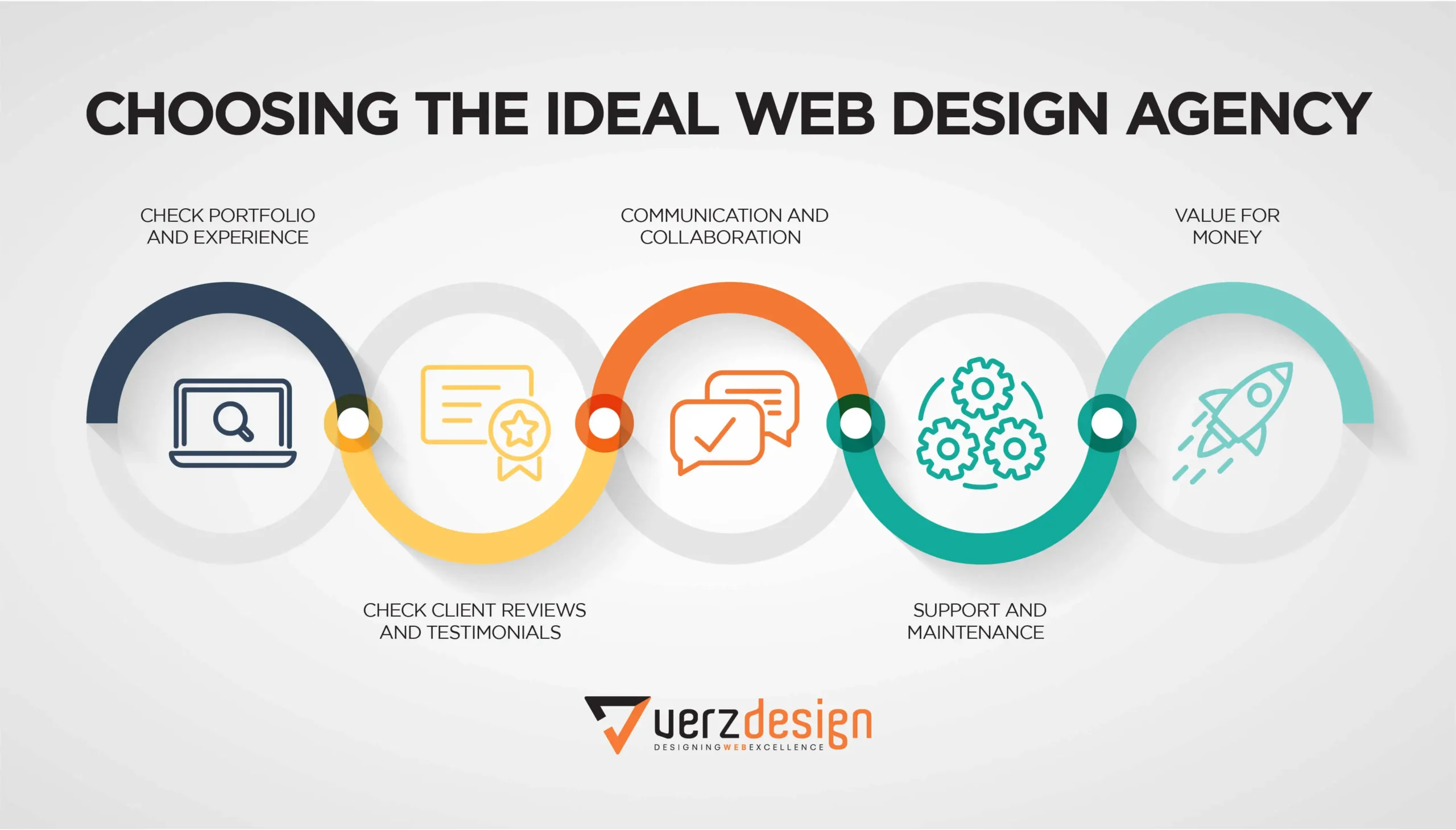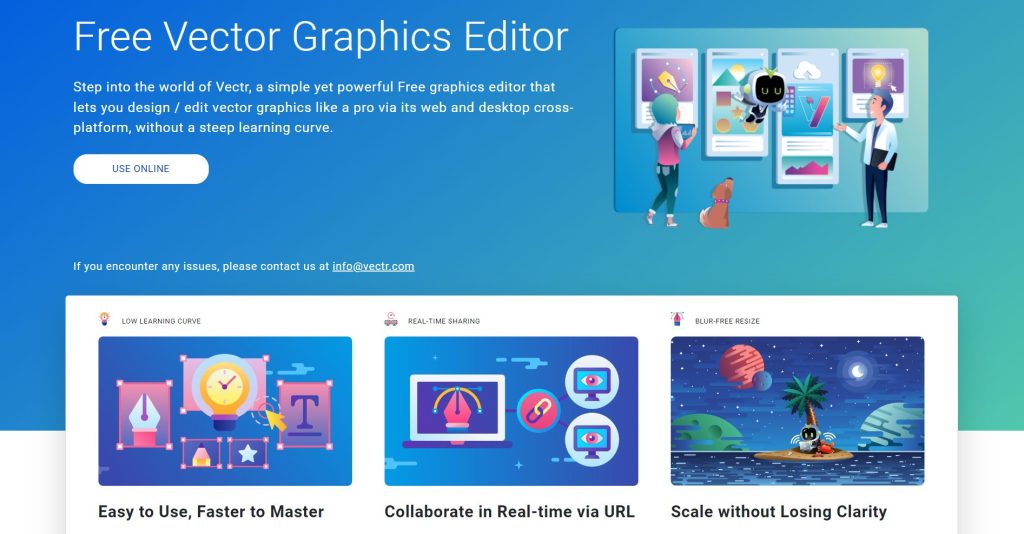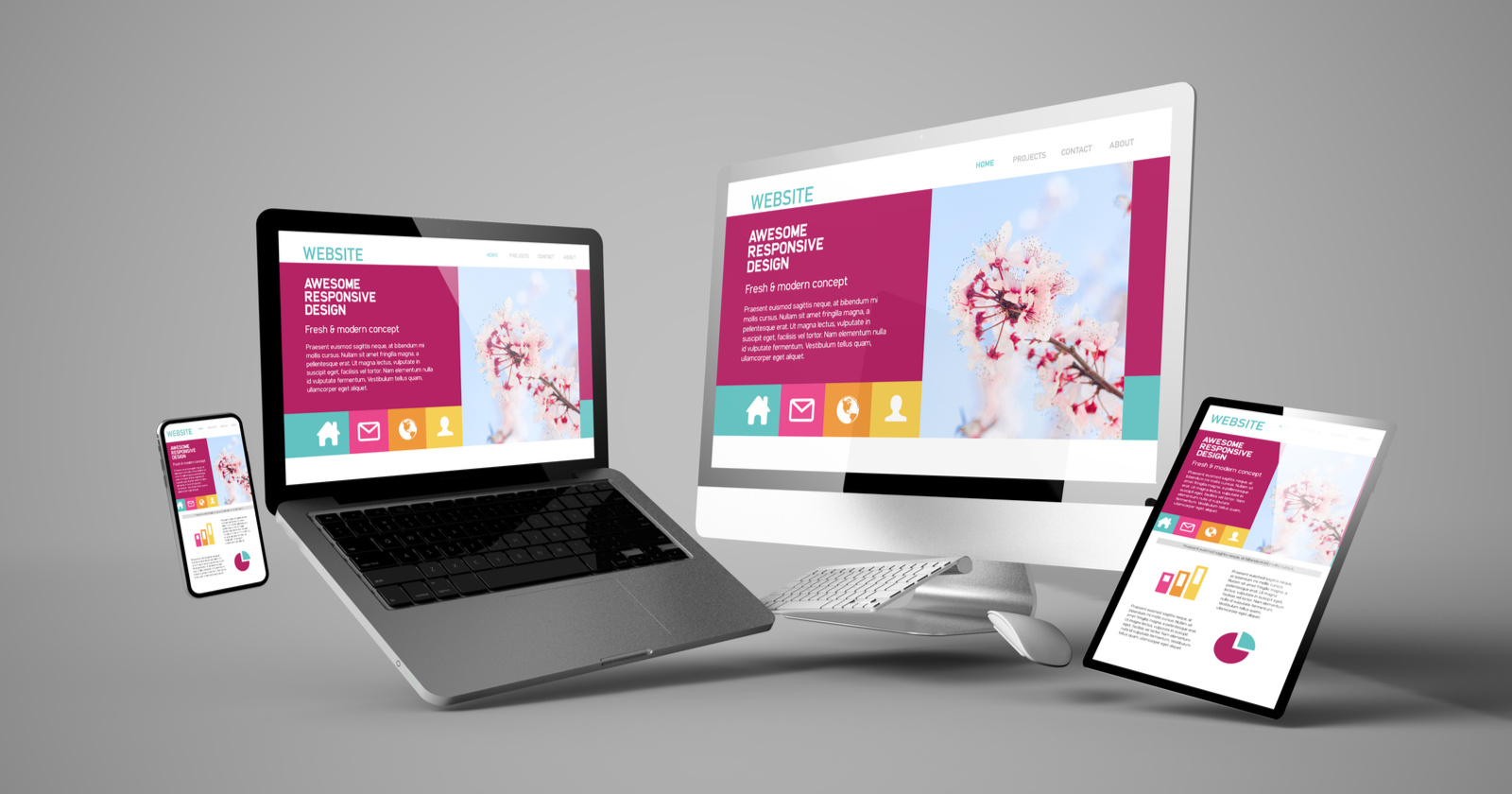Web Design Best Practices for Boosting Conversion Rates and Engagement
Web Design Best Practices for Boosting Conversion Rates and Engagement
Blog Article
Recognizing Customer Experience: Key Concepts for Effective Website Design
In the realm of website design, recognizing individual experience (UX) is paramount to developing platforms that not just draw in yet additionally maintain individuals. Trick concepts such as user-friendly navigation and efficient feedback devices play essential roles in promoting user satisfaction. Furthermore, factors to consider for ease of access ensure that all customers can engage with the material seamlessly. The nuances of visual design and the value of repetitive testing commonly remain neglected. As we explore these foundational aspects, it comes to be obvious that grasping UX is not simply a choice but a requirement for success. What are the effects of ignoring these principles?
Importance of Customer Experience

In the world of web style, one can not underestimate the value of individual experience (UX) as a crucial aspect that straight influences the success of an internet site. When individuals run into a user-friendly and interesting interface, they are extra likely to check out the content, convert right into customers, or share their experiences with others.
It incorporates the total functionality of a site, making certain that navigating is smooth and details is easily accessible. Websites that prioritize UX are typically regarded as more legitimate and reliable, which can have a profound impact on conversion prices.
Inevitably, purchasing customer experience is not simply a style option; it is a calculated decision that can distinguish a brand in a crowded marketplace. By focusing on UX, organizations can develop purposeful communications that resonate with users, leading the way for continual success in the electronic landscape.
Functionality Principles
Effective website design hinges on the application of key usability concepts that make sure a web site is both user-friendly and useful. Central to these concepts is the idea of intuitiveness, where customers can browse the site effortlessly without comprehensive instruction. Clear navigating frameworks, including well-labeled menus and regular formats, improve this user-friendly experience, enabling customers to situate info quickly.

Uniformity is just as essential; keeping harmony in layout components, terms, and treatments throughout the site aids to lessen complication. Individuals must not have to relearn how to interact with different areas of the website.
Furthermore, error prevention and recovery are essential for use. Websites need to be made to lessen the possibility of customer errors, and when blunders happen, constructive and clear mistake messages must lead individuals towards resolution.
Accessibility Considerations
Making certain ease of access in website design is paramount for producing comprehensive digital experiences that accommodate all users, consisting of those with disabilities. Availability considerations include making sites that suit diverse requirements, making it possible for users with aesthetic, acoustic, cognitive, or motor disabilities to browse and interact successfully.
To attain this, web designers ought to stick to developed guidelines, such as the Web Web Content Accessibility Guidelines (WCAG) These standards give a framework for making content perceivable, operable, reasonable, and durable. Trick practices include making sure enough shade contrast, offering text options for non-text web content, and making certain key-board navigability.
Additionally, semantic HTML ought to be used to improve display visitor compatibility, permitting customers with aesthetic problems to understand the framework and meaning of content without effort. web design. Offering clear, concise directions and utilizing simple language can better boost use for people with cognitive handicaps
Normal accessibility testing, involving genuine individuals with specials needs, is vital to identify barriers and improve the user experience. By focusing on access, internet developers not just conform with legal standards but additionally cultivate an even more equitable digital landscape, ultimately benefiting everyone via boosted functionality and interaction.
Aesthetic Design Components
A myriad of visual style elements plays an essential duty in forming user assumptions and experiences on a web site. These elements consist of color systems, typography, imagery, layout, and whitespace, each adding to the general visual allure and effectiveness websites of a website.

Color pattern evoke emotions and can influence customer activities; for instance, cozy shades may create a sense of necessity, while trendy shades frequently advertise peace. Typography, on the other hand, influences readability and can develop a brand's individuality - web design. The selection of font style and size need to align with the website's purposes and target audience
Imagery, consisting of pictures and symbols, boosts storytelling and can considerably influence user engagement. High-grade visuals produce a feeling of professionalism and trust, while poor-quality images may diminish the user experience.
Format and whitespace are equally crucial, as they guide individuals via the content. A well-structured design aids users discover details rapidly, while appropriate whitespace prevents clutter, promoting a more satisfying surfing experience.

Examining and Iteration
Customer screening and iteration are essential parts of an effective web design process. Individual screening entails observing how genuine individuals connect with a website, determining use concerns, and understanding individual habits.
Model, on the various other hand, is the procedure of refining the design based on the insights acquired from individual screening. By making step-by-step adjustments and re-evaluating the layout, groups can boost capability, boost visual appeals, and enhance individual interaction. This intermittent technique cultivates a society of continual renovation, permitting developers to adjust to individual requirements and arising patterns successfully.
Additionally, incorporating both individual testing and iteration into the design procedure brings about even more enlightened decision-making and eventually leads to a much more user-centered product. By embracing these concepts, internet developers can develop extra instinctive, interesting, and effective experiences that resonate with their target audience, ultimately driving greater customer contentment and retention.
Verdict
In verdict, individual experience is a crucial part of effective internet style, encompassing use, ease of access, and visual factors to consider. Constant screening and iteration serve as essential processes for dealing with and recognizing individual discomfort points, making sure that internet styles remain adaptable to developing demands.
In the world of internet layout, understanding individual experience (UX) is vital to creating platforms that not just draw in however also maintain customers.In the realm of web style, one can not underestimate the value of individual experience (UX) as a crucial component that straight affects the success of a web site. Individual screening involves observing just how actual users communicate with a web site, determining usability problems, and understanding customer habits.In final thought, individual experience is a vital element of effective internet design, incorporating use, availability, and aesthetic considerations. Constant screening and advice version offer as essential processes for determining and dealing with individual discomfort points, making sure that internet styles official statement continue to be versatile to progressing demands.
Report this page